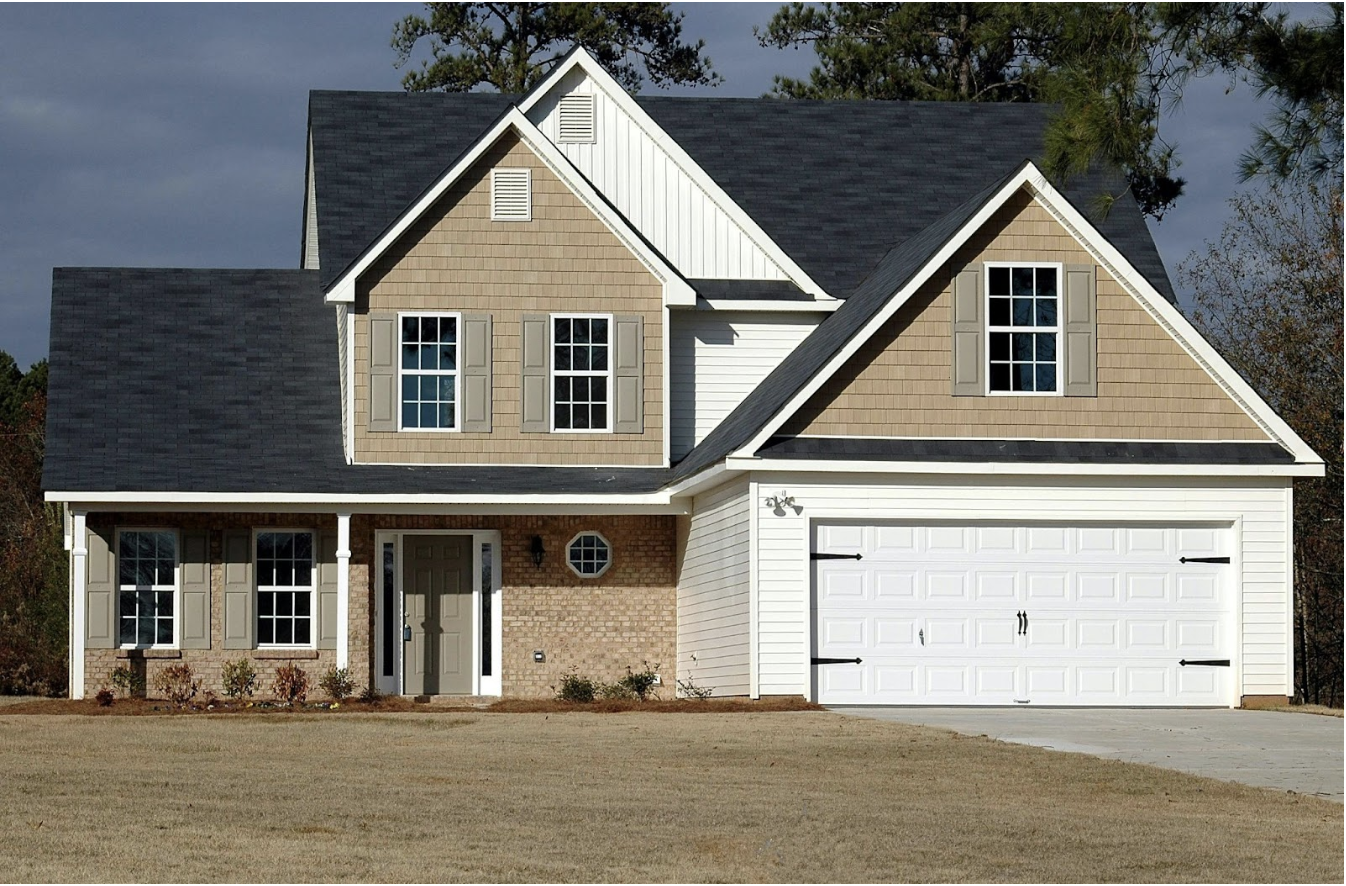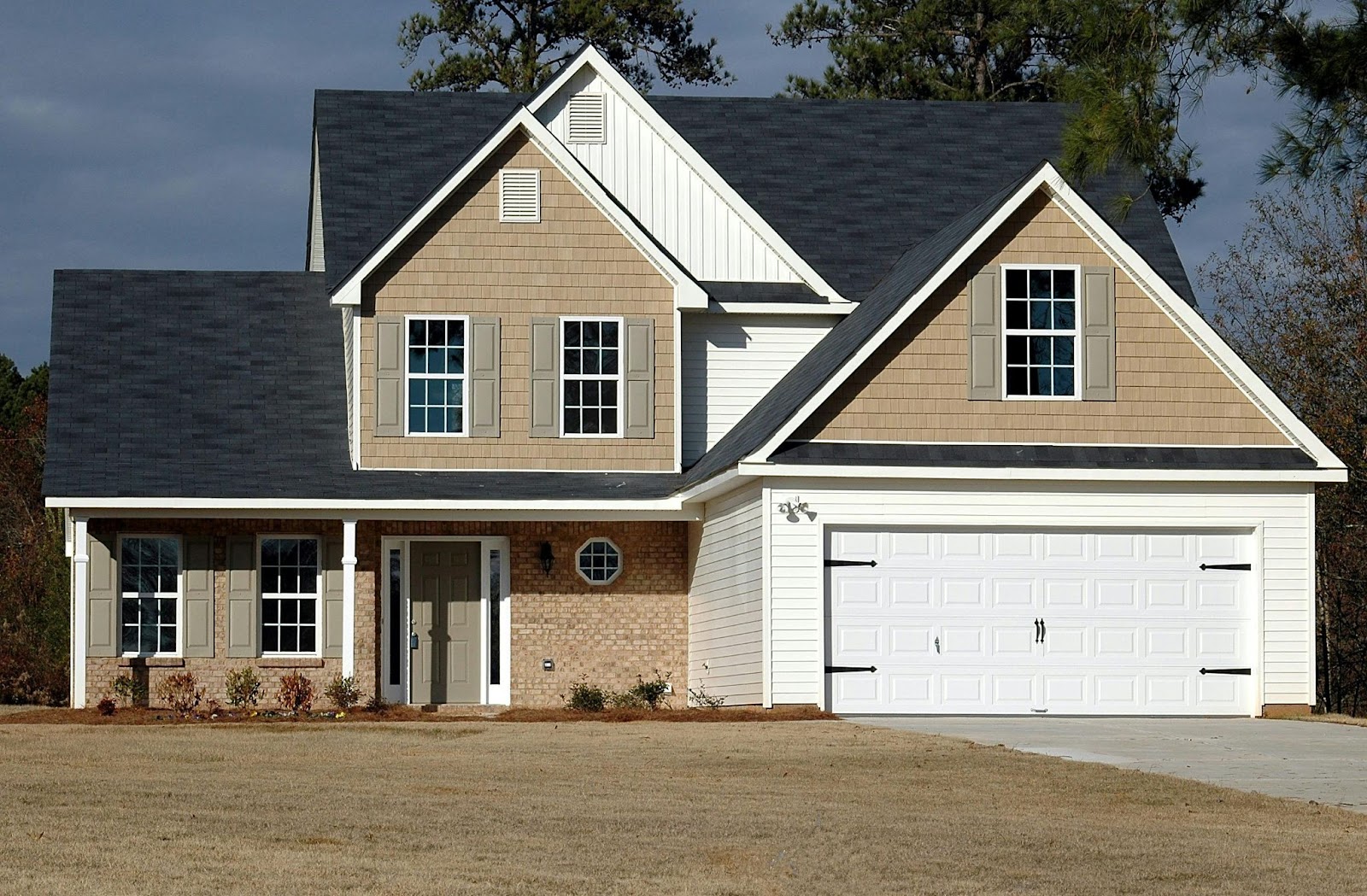ADU Knowledge
August 13, 2025
How Do You Design Energy-Efficient ADU Home Plans in Washington?

.png)
Schedule a free appointment with one of our ADU experts.
Get ADU QuoteOr call: (323) 591-3717
Designing an energy-efficient Accessory Dwelling Unit (ADU) in Washington requires strategic planning to reduce energy use while maintaining comfort. This includes incorporating high-performance insulation, energy-efficient windows, proper ventilation, solar-ready features, and space-efficient layouts. Following Washington State Energy Code (WSEC) requirements ensures your ADU minimizes utility costs, meets environmental goals, and delivers year-round comfort for occupants.
GatherADU creates ADU designs that meet Washington’s strict energy efficiency standards without sacrificing style or livability. Our plans integrate advanced insulation, optimized daylighting, and energy-saving HVAC systems to help you pass inspections faster and save on long-term energy costs. We make sure your ADU is compliant, comfortable, and future-ready.

Designing an energy-efficient ADU in Washington requires balancing compliance with the Washington State Energy Code (WSEC) and implementing practical, cost-saving strategies. From meeting R-21+ insulation standards to optimizing ventilation, lighting, and appliance efficiency, each component plays a role in reducing long-term utility costs while maintaining comfort. By planning holistically, homeowners can create a sustainable and code-compliant living space.
Washington’s ADUs must comply with the Washington State Energy Code (WSEC), which focuses on reducing greenhouse gas emissions and energy use. This means:
Following these guidelines not only ensures compliance but also lowers operating costs.
The building envelope walls, roof, windows, and doors is your ADU’s first defense against energy loss.
Key tips:
A well-insulated envelope means less reliance on heating and cooling, saving energy year-round.
Windows and doors greatly impact heat retention and daylighting.
These upgrades also improve comfort by preventing temperature fluctuations.
Efficient HVAC systems are essential for ADU comfort in Washington’s varied climate.
These systems meet WSEC requirements and improve indoor air quality.
Natural light reduces the need for artificial lighting and heating.
This approach balances comfort, energy use, and design aesthetics.
Choosing efficient appliances makes a noticeable difference in energy bills.
These small upgrades add up to big annual savings.
Even if you’re not installing solar panels immediately, design your ADU to be solar-ready.
This future-proofs your ADU and increases property value.
Sustainable materials lower environmental impact and can improve energy performance.
This supports Washington’s environmental goals while creating a healthier living space.
Smart home devices make it easier to manage energy use.
These tools help homeowners maintain efficiency without extra effort.
An energy-efficient ADU requires regular maintenance to keep systems running optimally.
Proactive maintenance ensures sustained energy savings.
Designing an energy-efficient ADU can feel overwhelming — especially when balancing WSEC requirements, budget constraints, and design goals. Mistakes in insulation, HVAC sizing, or window placement can lead to failed inspections, higher energy bills, and costly retrofits.
GatherADU takes the stress out of the process. Our Washington-ready ADU plans combine style, comfort, and top-tier energy efficiency, all while meeting strict state codes. From smart layouts to solar-ready designs, we ensure your ADU is future-proof, cost-effective, and move-in ready. Start your energy-efficient ADU journey today.

An energy-efficient ADU uses high-quality insulation, efficient HVAC systems, ENERGY STAR appliances, and smart design to reduce energy use. Compliance with the Washington State Energy Code ensures performance and comfort while lowering long-term utility bills.
Yes. All new ADUs in Washington must comply with the WSEC, which includes standards for insulation, HVAC systems, windows, and lighting. These rules aim to reduce carbon emissions and energy consumption.
A ductless mini-split heat pump is often the most efficient choice. It provides both heating and cooling, uses less energy than traditional systems, and meets WSEC efficiency standards.
Yes. Many homeowners design solar-ready ADUs, allowing easy future installation of solar panels. This involves correct roof orientation, conduit placement, and adequate electrical panel capacity.
Savings vary, but homeowners often cut energy bills by 20–40% through improved insulation, efficient systems, and renewable energy options. Over time, these savings offset the higher initial investment in efficiency upgrades.
.png)
Not sure where to start with your ADU project?